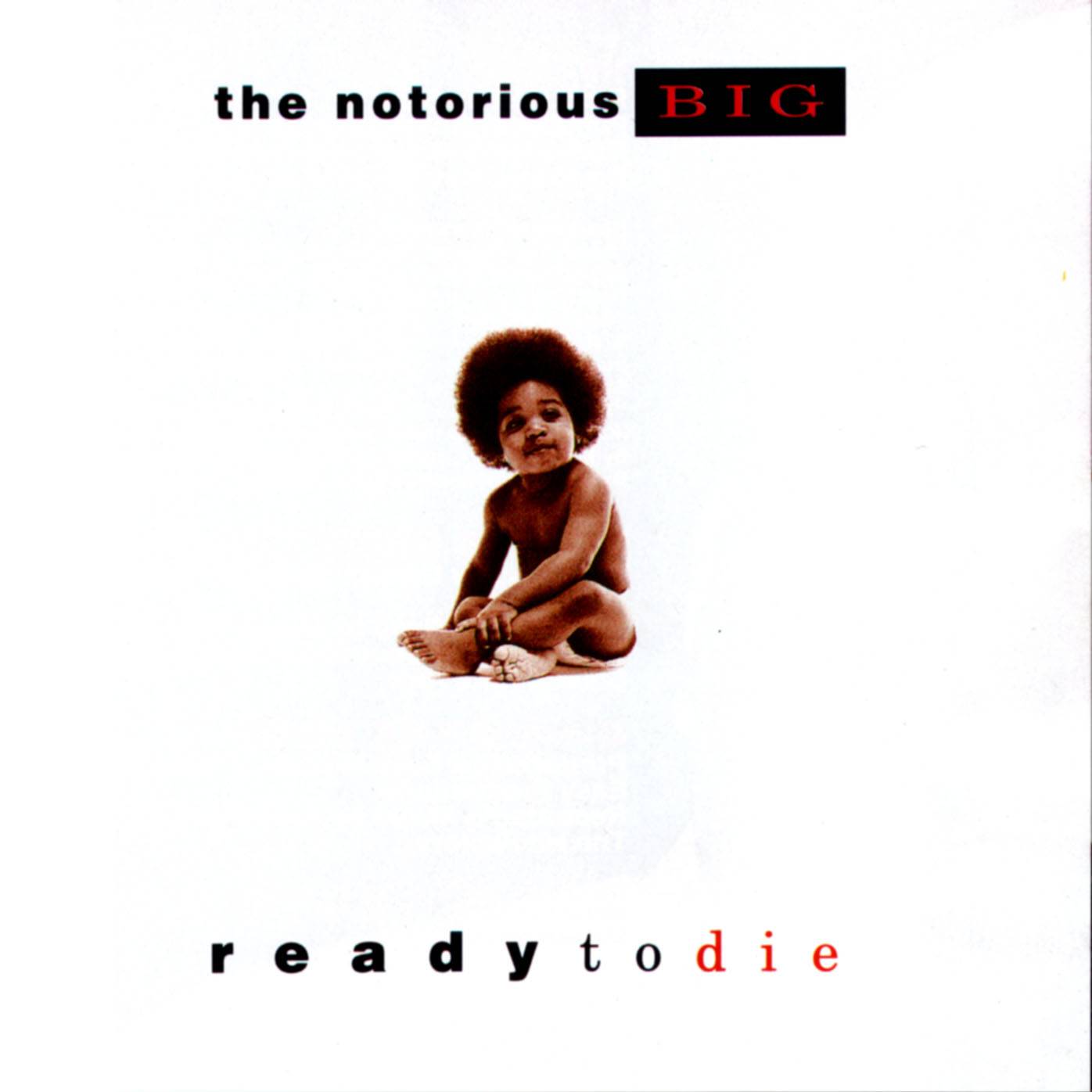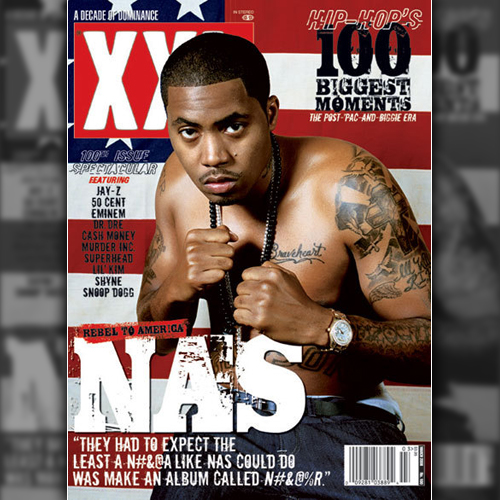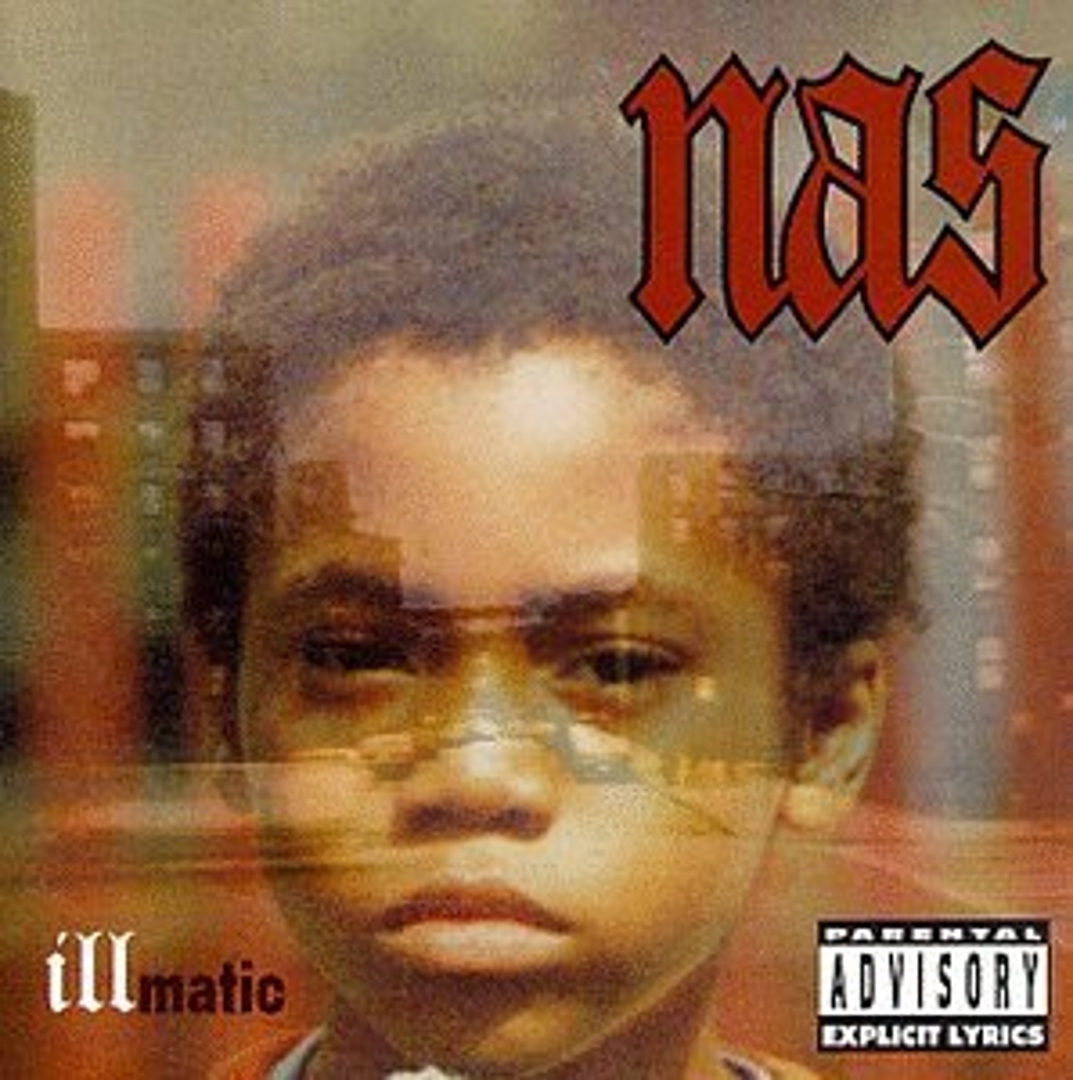
1: Tupac
Born Tupac Amaru Shakur on June 16, 1971 the number 1 hip-hop/rap artist of all time was commonly referred by his stage names 2Pac (Pac) and Makaveli. “Pac” began his career as a backup dancer for the alternative hip-hop group Digital Underground, where he eventually branched off into a solo artist. Pac has sold in excess of 75 million albums worldwide as per recorded in 2010, thus making him one of the best-selling music artist in any genre in the world. MTV ranked him at number two on their list of ‘The Greatest MC’s of All Time’ and Rolling Stone listed him as the 86th Greatest Artist of All Time.
Pac was mostly remembered for the breathtaking and ever-present relevance in his music which focused on the themes of violence, hardship, racism and other social problems that still exist until today. During the end of Pac’s life, he become an ‘ambassador’ of sorts in the highly publicised East Coast-West Coast hip hop rivalry, constantly being a key participant in conflicts with other big names, most notably the previously mentioned, ‘The Notorious B.I.G‘ and his label, ‘Bad Boy Records.’ Unfortunately, Pac’s involvement in such affairs led him to be a victim of many murder attempts and some may say, even his eventual death. On September 7, 1996, Pac was shot multiple times in a drive-by shooting in Las Vegas, Nevada. He met his untimely death six days later and was heavily mourned due to his innumerable fan base.

‘All Eyez on Me‘ was Tupac’s fourth studio album, which came out just four months after he was released on bail for sexual assault and barely a year after he was shot. This album is very commonly recognised as one of the crowning and defining moments of 1990’s rap music. Also to note, this album marked Tupac’s newly formed allegiance with the West Coast’s powerhouse rap dynasty, Death Row Records. This album also made history as the first double-full-length hip-hop solo studio album released for mass consumption.
REVIEW: All Eyez on Me
The notion of a classic album is the most overused word in the hip-hop culture but the use of such a title for this album would not look out of place for the majority. As complex as Tupac was prior to his jail sentence and first shooting, the drama of events that followed pushed Tupac to new heights and doubled the complexities of himself as an individual. This effect was bound to affect his music and it is this very contradictory nature that made his music so attractive. One minute he would be the thug, the the other minute he would be vulnerable, the next he would display his paranoia and snap back to his attitude of not caring about anything.
He previously wrote some of the most woman-adoring songs in rap in, “Keep Your Head Up” and “Dear Mama“, followed up by constantly throwing down rhymes about ho’s and b*tches. However, this was not the case in this album. Tupac emerged hardened and hungry with this album. With all surrounding controversy, it seemed this colossal artist wanted to release a monumental epic where the sheer scope of the project makes it an achievement itself. But importantly, the ablum is an unabashed embrace of the ‘gangsta’ lifestyle, which is backed off with the sober self-recognition in “Me Against the World“.
The production on the album is easily the best of all Tupac’s albums. The brilliance provided by Dr. Dre in a rap classic, “California Love” and the anthemic duet with Snoop Dogg in “2 of Amerikaz Most Wanted” are two songs that any rap listener, and perhaps extended to music listeners in general, would have heard or know the scale of importance on these songs. Other notable songs include “Ambitionz Az a Ridah“, “Only God Can Judge Me“, “How Do U Want It“, “I Ain’t Mad Atcha” and “Picture Me Rollin’“.

To conclude, it was this volatile and compelling personality that cement 2Pac as a rap icon and the reason why he is seen as the number 1 artist in the hip-hop/rap of all time. Erratic as this album may be, it is the driving feature that provides the assurance of this album as a must-have, must-listen and must-be-favourited-as-number-1. Tupac may not have had the lyrical flow and prowess of other notable artists as The Notorious B.I.G or Nas, but it was the raw passion, emotion and straight thuggery that Tupac brought to the stage which sets him apart. Also, the contents of his songs are that of a transcending in the nature of time and the issues that are presented are still relevant to that of today’s.
ALBUM RATING: 5/5








